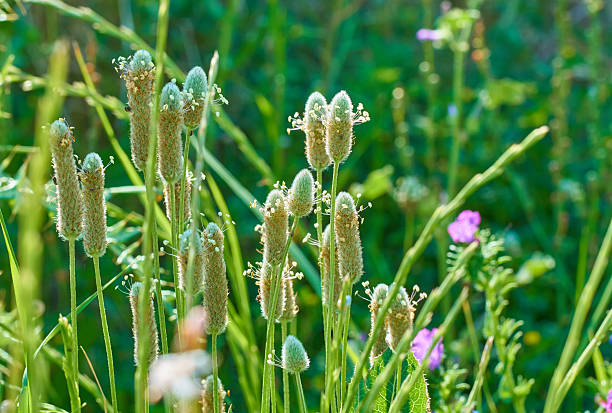Ispaghula
Synonyms
Ispaghula, Ispagol, Spongel seeds.
Biological Source
Ispaghula consists of dried seeds of Plantago ovata Forskal, belonging to family Plantaginaece.
Geographical Source
Ispaghula is an annual herb cultivated in India in Gujarat, Maharastra, Punjab and in some parts of Rajasthan and Sindh Province of Pakistan.

Chemical Constituents:
1. Ispaghula seeds contain about 10% mucilage which is present in the epidermis of testa.
2. Mucilage consists of two complex polysaccharides, of which one is soluble in cold water and the other soluble in hot water.
3. Chemically it is pentosan and aldobionic acid.
4. Pentosan on hydrolysis yields xylose & arabinose while aldobionic acid yields galactouronic acid and rhamnose.
5. Protein and fixed oil are present in endosperm and embryo.
Chemical Tests:
- Ispaghula seeds when treated with ruthenium red give red colour due to the presence of mucilage.
- Add water to few seeds on a slide, mucilage comes out and forms zone surrounding the seeds.
- Swelling factor: Swelling factor is the parameter to determine the purity of seeds. Swelling can be determined quantitatively by swelling factor. 1 g of the drug is put in a measuring cylinder of 25 ml capacity and 20 ml water is added. It is shaken periodically for first 23 h and kept for one more hour. The volume occupied by the drug is called swelling factor. Swelling factor of ispaghula seeds is 10–13.
Uses:
a) Ispaghula seeds are used as an excellent demulcent and bulk laxative in chronic constipation.
b) It is also useful in dysentery, chronic diarrhoea, in cases of duodenal ulcers and piles.
c) It works effectively as a soothing agent.
d) Ispaghula husk is also used for similar purpose.
Substitutes and Adulterants: 1. P. lanceolata, occurring wild in India, is adulterated in ispaghula. 2. The seeds of P. asiatica, found in Andhra Pradesh are substituted to ispaghula. 3. It is also adulterated with the seeds of P. arenaria.